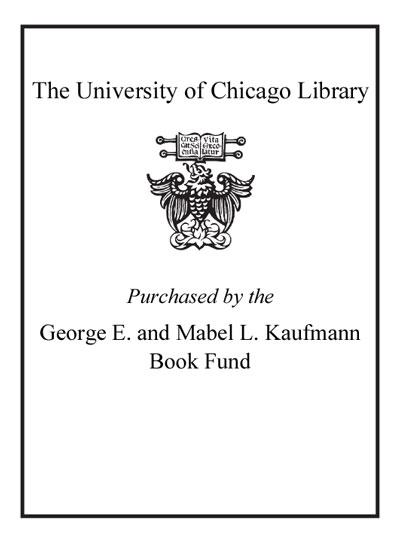Review by Booklist Review
*Starred Review* This is a large, very complicated, but readable and entertaining novel by a highly regarded Cuban novelist, author of the Havana Quartet, featuring the introspective detective Mario Conde. As he did in The Man Who Loved Dogs (2014), about the murder of Trotsky, Padura masterfully blends fact and imagination in this tale of a Polish Jew, Daniel Kaminsky. Born in Poland in 1939, Daniel is nine when he lands in Havana with his father, mother, sister, and more than 900 other Jewish refugees. The ship is refused permission to land, but the Kaminskys disappear. Fast-forward 70 years to Daniel's son, in Cuba to unravel the mystery of a Rembrandt painting, supposedly carried by his grandparents to Havana, that has now turned up for auction in London. The tale also moves further back to the time of Rembrandt living in Holland. The novel is presented in separate sections, divided in time, but ultimately they all coalesce brilliantly. This is much less of a mainstream crime novel than the earlier Mario Conde tales, but the detective does eventually solve the mystery, though the solution is shrouded in ambiguity. Padura deftly handles complex issues of Jewish identity in Cuba, as well as Cuban identity on the island before and after Batista and in Miami; ultimately, he encompasses the whole richness of modern Cuban and Jewish history. This is a major novel and a testament to Padura's stature as a writer.--Levine, Mark Copyright 2017 Booklist
From Booklist, Copyright (c) American Library Association. Used with permission.
Review by Publisher's Weekly Review
In Heretics, Padura (The Man Who Loved Dogs) unfurls nearly 400 years in the disparate fortunes of the Kaminsky family, who, in 1939, flee Nazi Germany for Havana having staked their survival on a single family heirloom: a small portrait of Christ painted by Rembrandt. The story of what happened after-how the then-nine-year-old Daniel Kaminsky came to disavow his Jewish faith and become embroiled in a Dickensian underworld of thieves, charlatans, and murder, only to leave Cuba for the United States-falls to his son, Elias, to unravel in 2007, after the same Rembrandt painting turns up for sale in a London auction house. In this quest, he enlists a dissipated book-dealer-turned-detective named Mario Conde. But as Mario Conde delves into the mystery of the painting, he unearths the secret history of the Kaminiskys' ancestor Elias Ambrosius (his friendship with Rembrandt in 17th-century Amsterdam, the heresy embedded in the painting, and the crisis of faith that determined the family's ensuing itinerancy) and becomes acquainted with Yadine, the young, punkish heiress to the Kaminsky legacy, as she searches for a missing friend. If this sounds like a lot, it's still only scratching the surface of this voluminously detailed epic, which seems designed to challenge the limits of how much story a book can contain. Padura attempts to join a hardboiled mystery story to a historical epic, and the resulting tonal shifts sometimes strain the material, while still lending stylistic flair to the Kaminskys' plight. (Mar.) © Copyright PWxyz, LLC. All rights reserved.
(c) Copyright PWxyz, LLC. All rights reserved
Review by Library Journal Review
Celebrated Cuban author Padura's many works include the much-translated Havana tales starring detective Mario Conde. But though Conde appears here, this splendid saga is much more than a mystery. As the doomed St. Louis sails into Havana's harbor in 1939, carrying Jews seeking asylum, a Polish Jewish boy named Daniel Kaminsky stands on the dock, awaiting his parents and sister with his uncle Joseph ("Pepe the Purseman"). The Kaminskys hope to secure their freedom with a family treasure, a small Rembrandt of Christ, but Cuban corruption combines with U.S. and Canadian indifference to return the ship's passengers to their doom. Decades later, Daniel's American son Elias travels to Havana, asking Conde's help in tracing the history of the painting, now mysteriously up for auction. VERDICT The intensive, richly detailed narrative is at once a portrait of Daniel's Cuban upbringing, a meditation on anti-Semitism, and an intriguing account of the painting. What did the Cuban police know, and was a murder involved? Highly recommended. [See Prepub Alert, 9/12/16.] © Copyright 2016. Library Journals LLC, a wholly owned subsidiary of Media Source, Inc. No redistribution permitted.
(c) Copyright Library Journals LLC, a wholly owned subsidiary of Media Source, Inc. No redistribution permitted.
Review by Booklist Review
Review by Publisher's Weekly Review
Review by Library Journal Review

